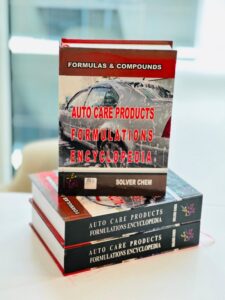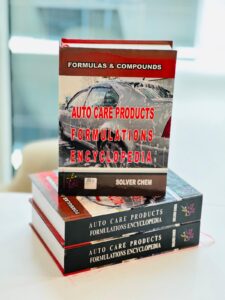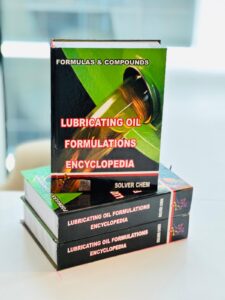
A radiator flush cleaner (also known as a cooling system cleaner or flush agent) is a specialized chemical additive designed to be temporarily circulated through a vehicle’s cooling system to dissolve, dislodge, and remove accumulated contaminants before the old coolant is drained and replaced with fresh fluid.
These cleaners typically consist of mild acids (for scale and rust removal), alkalis (for grease and oil), and surfactants/detergents.
Contaminants Targeted
Over time, engine heat and chemical breakdown cause the protective additives in the coolant (antifreeze) to degrade. This leads to the buildup of:
- Rust and Scale: Electrochemical corrosion on metal parts.
- Sludge: Silicate drop-out from older coolants or general dirt/sediment.
- Oil and Grease: Residue from oil leaks (e.g., from a failing head gasket).
- Limescale/Mineral Deposits: From using tap water instead of distilled water in the coolant mix.
Key Applications and Benefits
The primary application of a radiator flush cleaner is to perform preventive and corrective maintenance on the engine’s cooling system.
- Restoring Heat Transfer Efficiency (Preventing Overheating):
- The cleaner removes insulating deposits (rust, scale) from the internal surfaces of the radiator, engine block, and heater core.
- By cleaning these surfaces, it restores the system’s ability to efficiently transfer heat from the engine to the coolant and then to the air, which is essential for maintaining the engine’s optimal operating temperature.
- Maintaining Component Health and Longevity:
- Removing abrasive rust and sludge helps to protect the delicate seals, bearings, and components of the water pump and thermostat from premature wear and failure.
- It clears sludge and deposits that can clog the narrow passages of the radiator and heater core, which can lead to poor heating in the cabin.
- Preparing for New Coolant:
- It ensures that when the old coolant is drained and new coolant is added, the fresh, protective additives are not immediately contaminated by leftover corrosive residue or old, spent coolant still clinging to the system’s walls.
-
Addressing Severe Contamination:
-
It is crucial for cleaning the system after an internal engine repair, such as a head gasket failure, which often results in engine oil or combustion gases leaking into and contaminating the coolant.
-




